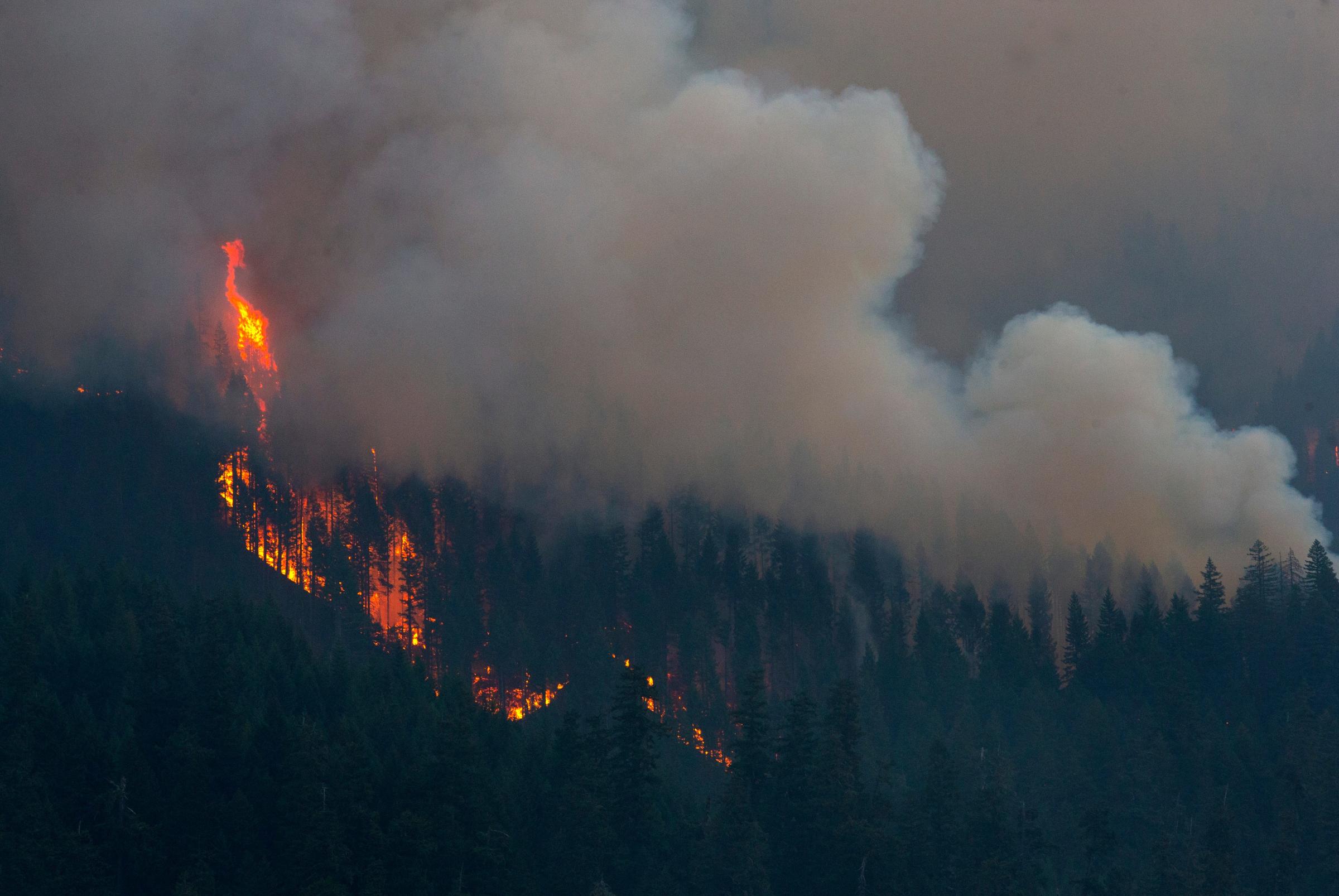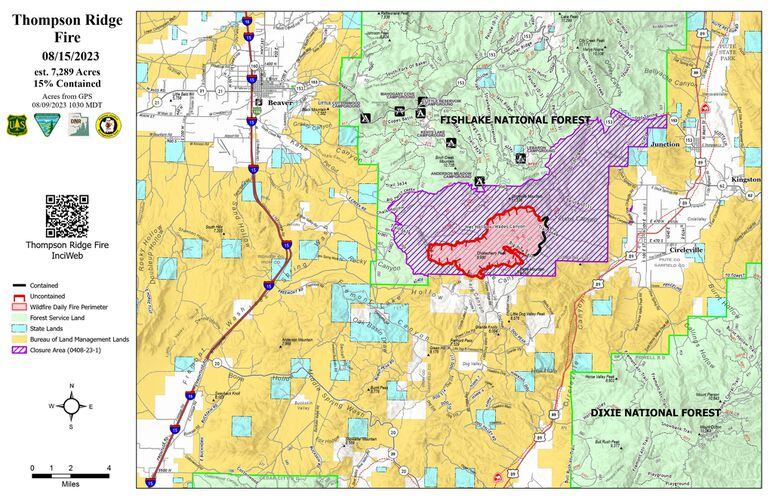The White House issued guidance to boost the use of U.S.-made goods in government-funded infrastructure projects. The “Buy America” binding guidance was finalized by the Office of Management and Budget (OMB) after receiving nearly 2,000 public comments. …The infrastructure law significantly expanded standards to require government-funded infrastructure projects use more U.S.-made iron, steel, construction materials and manufactured products. The OMB guidance sets manufacturing standards for plastic and polymer-based products, glass including optic glass, lumber, engineered wood, drywall, fiber optic cable and optical fiber. OMB added engineered wood but opted not to include some additional construction materials, including paint and stain, and bricks. To qualify manufactured products must be U.S. manufactured and the cost of domestic-made components must exceed 55% of the cost of all components. OMB noted agencies can issue waivers if needed when U.S.-made products are not sufficiently available.
/cloudfront-us-east-2.images.arcpublishing.com/reuters/7CZX2PNIE5NQXP7AD7LPLBPXRY.jpg)
 ORLAND, Maine — Tom Fox… sells Swedish-made timber bandsaws—mostly for personal use by homeowners. He says…”there’s no tariffs.” He’s referencing the current 8% tariff on softwood imported to the United States from Canada. Though it’s less than the 20% duty in 2017, this trade policy has led to an increase in the price of timber. For owners of Maine lumber companies, this shift means more of a competitive edge for an American market that has struggled against the larger, and heavily subsidized softwood industry in Canada. As Jason Brochu of Pleasant Valley Lumber in Dover-Foxcroft observed in July, “It’s given U.S. manufacturers a level playing field to compete on and the confidence to invest.” But for all the timber industry stands to gain, companies that purchase wood, like contractors and homebuilders, are seeing the opposite effects.
ORLAND, Maine — Tom Fox… sells Swedish-made timber bandsaws—mostly for personal use by homeowners. He says…”there’s no tariffs.” He’s referencing the current 8% tariff on softwood imported to the United States from Canada. Though it’s less than the 20% duty in 2017, this trade policy has led to an increase in the price of timber. For owners of Maine lumber companies, this shift means more of a competitive edge for an American market that has struggled against the larger, and heavily subsidized softwood industry in Canada. As Jason Brochu of Pleasant Valley Lumber in Dover-Foxcroft observed in July, “It’s given U.S. manufacturers a level playing field to compete on and the confidence to invest.” But for all the timber industry stands to gain, companies that purchase wood, like contractors and homebuilders, are seeing the opposite effects.  After steadily rising for seven consecutive months, builder confidence retreated in August as rising mortgage rates nearing 7% and stubbornly high shelter inflation have further eroded housing affordability and put a damper on consumer demand. Builder confidence in the market for newly built single-family homes in August fell six points to 50, according to the NAHB/Wells Fargo Housing Market Index (HMI). But while this latest confidence reading is a reminder that housing affordability is an ongoing challenge, demand for new construction continues to be supported by a lack of resale inventory. …All three major HMI indices posted declines in August. The HMI index gauging current sales conditions fell five points to 57, the component charting sales expectations in the next six months declined four points to 55, and the gauge measuring traffic of prospective buyers dropped six points to 34.
After steadily rising for seven consecutive months, builder confidence retreated in August as rising mortgage rates nearing 7% and stubbornly high shelter inflation have further eroded housing affordability and put a damper on consumer demand. Builder confidence in the market for newly built single-family homes in August fell six points to 50, according to the NAHB/Wells Fargo Housing Market Index (HMI). But while this latest confidence reading is a reminder that housing affordability is an ongoing challenge, demand for new construction continues to be supported by a lack of resale inventory. …All three major HMI indices posted declines in August. The HMI index gauging current sales conditions fell five points to 57, the component charting sales expectations in the next six months declined four points to 55, and the gauge measuring traffic of prospective buyers dropped six points to 34.


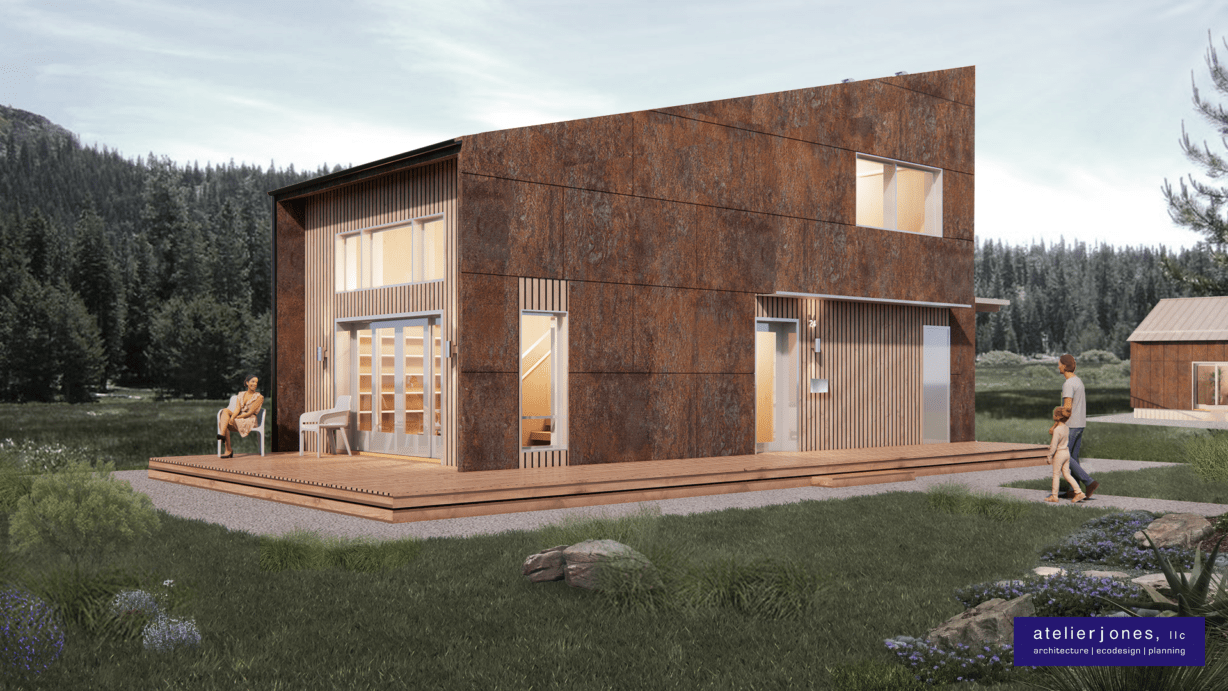



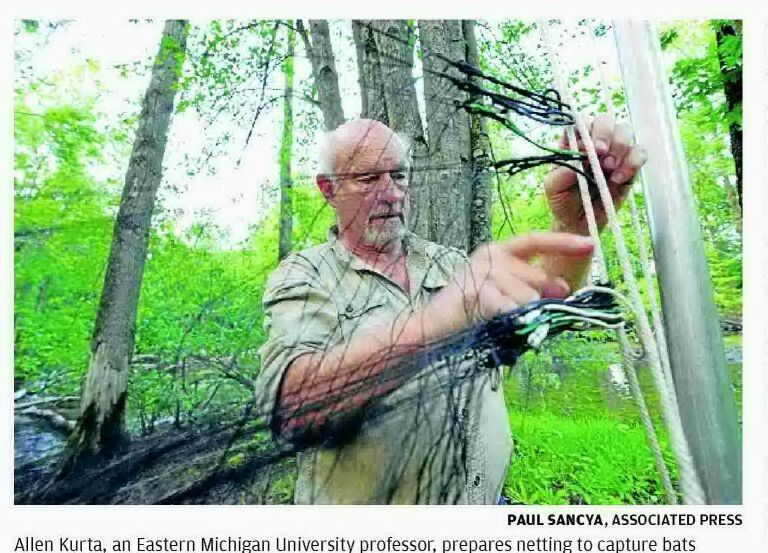
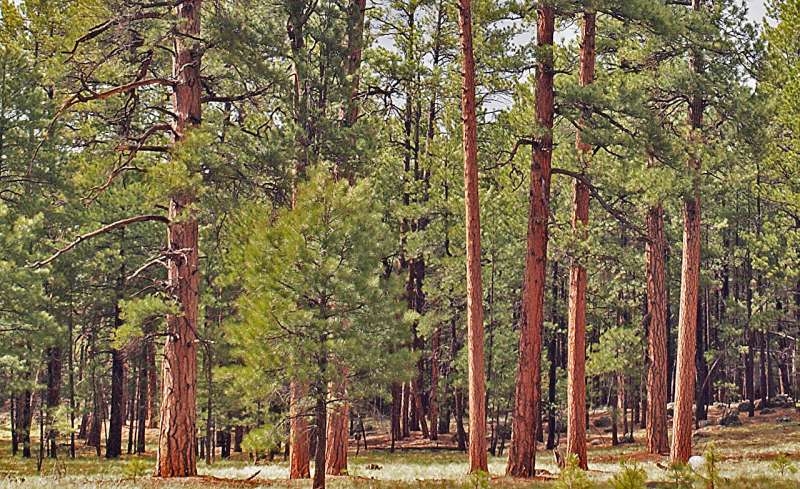

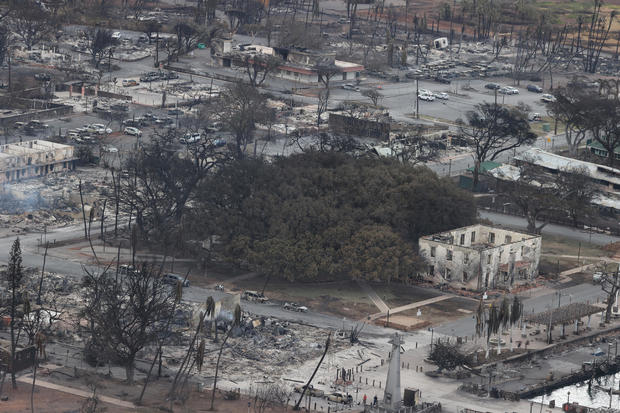


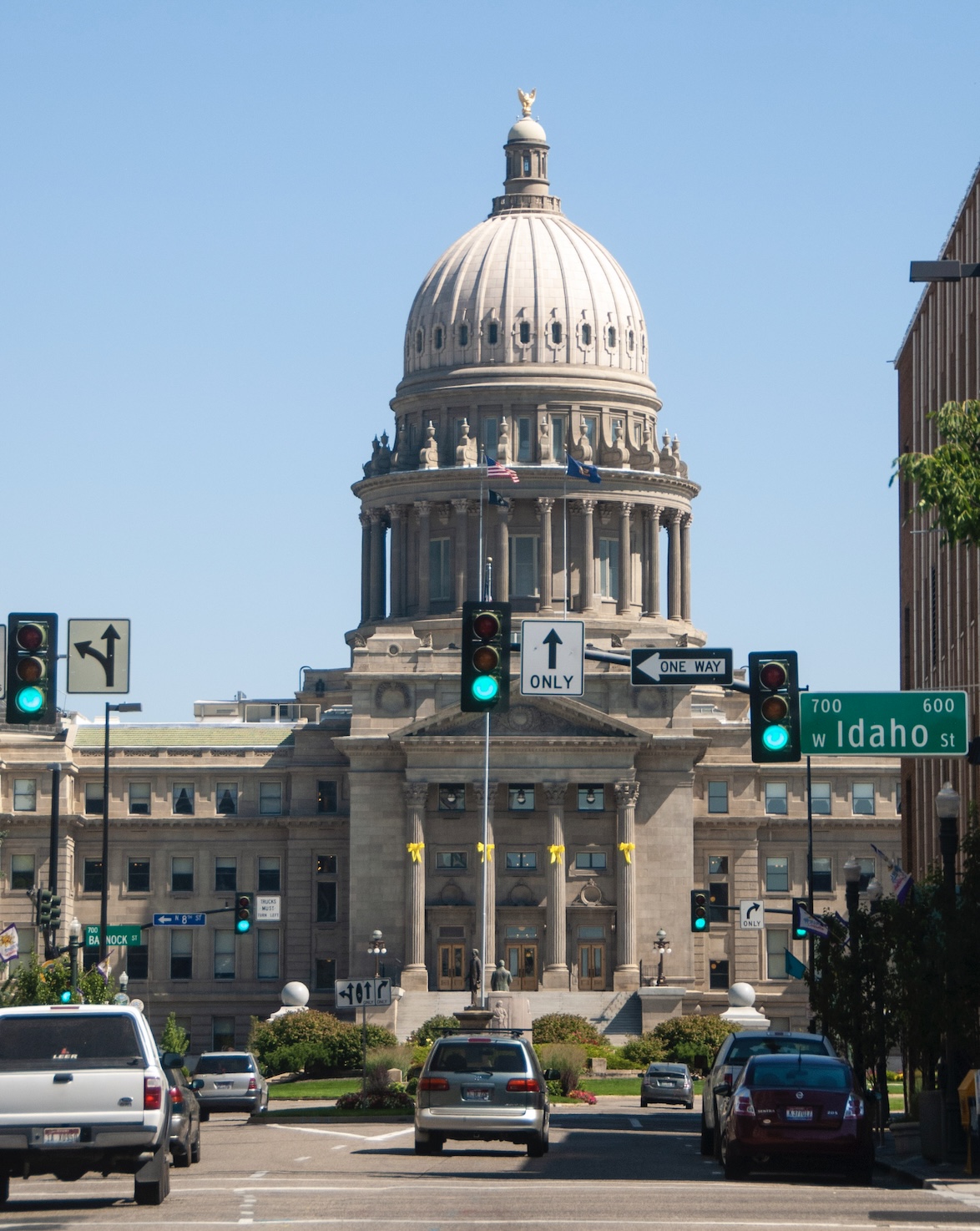 A salvage logging operation undertaken on the east flank of Bald Mountain last fall by the Idaho Department of Lands left impacts visible from public hiking trails in the area. …Idaho Department of Lands Public Information Officer Sharla Arledge said the timber stand on the Public Schools Endowment-owned parcel, along with trees on adjacent federal and private lands, were infested with Douglas-fir beetles that were killing the larger trees in the stand. “This was not a clear cut,” Arledge said. “The larger Douglas fir trees were removed as they are the preferred host for the beetles. Healthy smaller Douglas fir trees were left to provide both seeds and shelter to encourage a new stand.” The timber cutting operation took place on about 80 acres within a 120-acre stand of trees on state land designated as “endowment timber,” to support public schools.
A salvage logging operation undertaken on the east flank of Bald Mountain last fall by the Idaho Department of Lands left impacts visible from public hiking trails in the area. …Idaho Department of Lands Public Information Officer Sharla Arledge said the timber stand on the Public Schools Endowment-owned parcel, along with trees on adjacent federal and private lands, were infested with Douglas-fir beetles that were killing the larger trees in the stand. “This was not a clear cut,” Arledge said. “The larger Douglas fir trees were removed as they are the preferred host for the beetles. Healthy smaller Douglas fir trees were left to provide both seeds and shelter to encourage a new stand.” The timber cutting operation took place on about 80 acres within a 120-acre stand of trees on state land designated as “endowment timber,” to support public schools. 


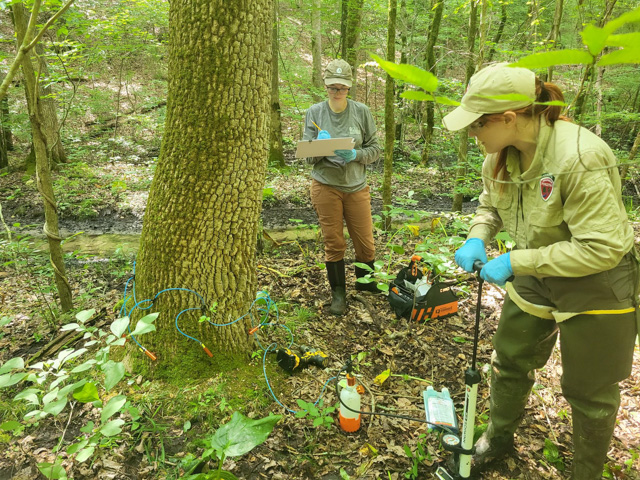



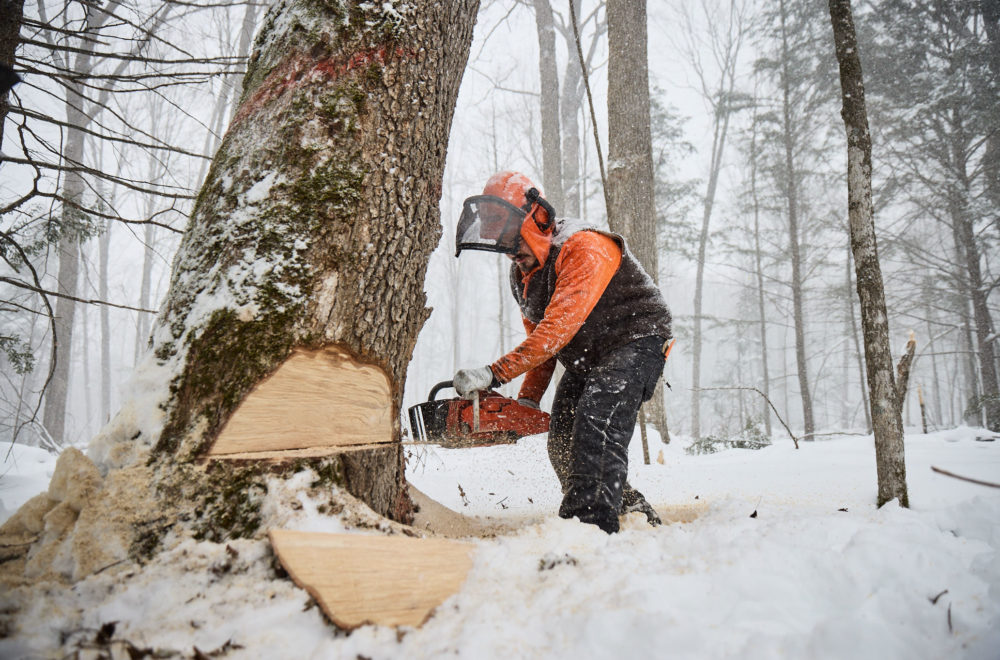


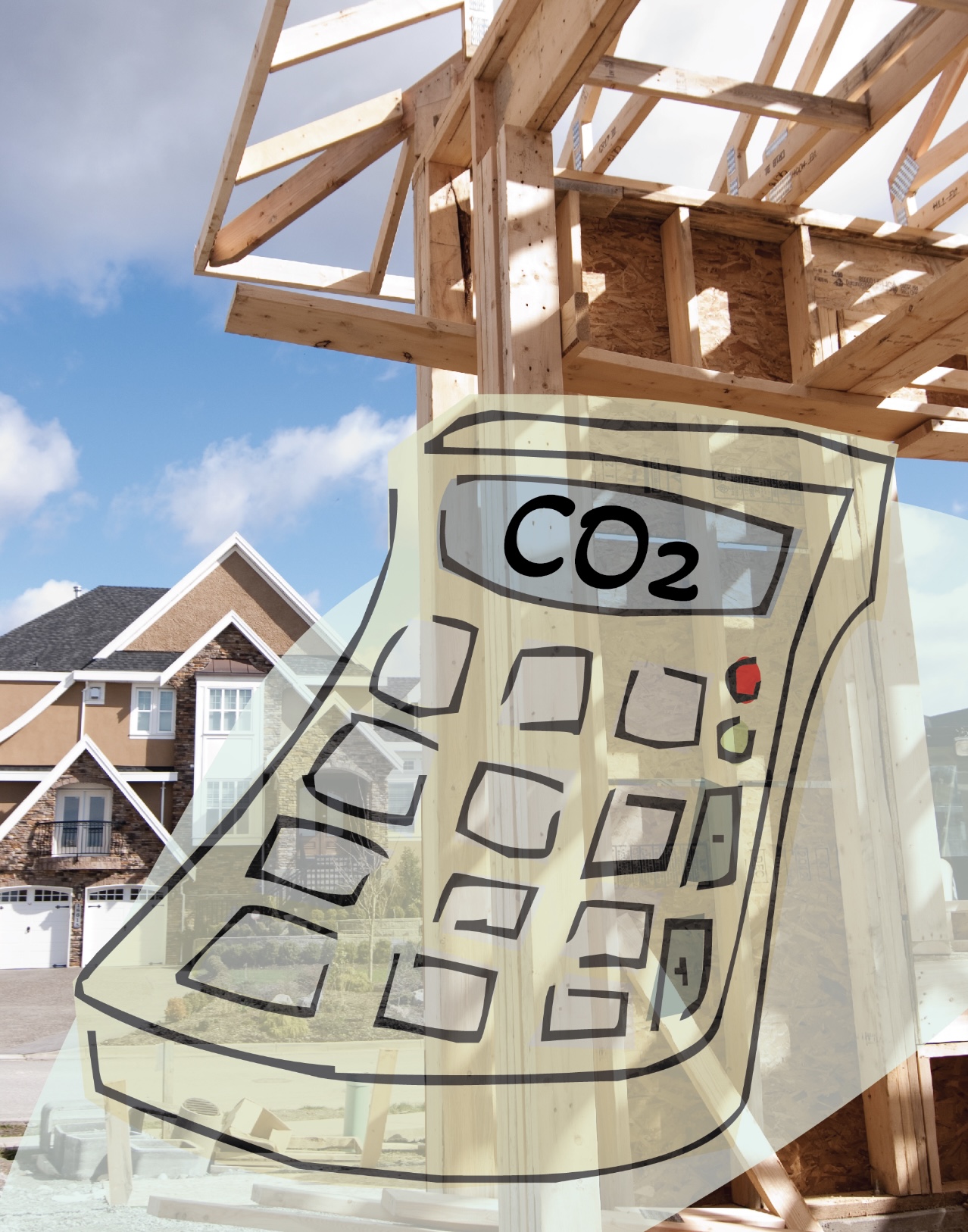 Much of America is baking under record heat or seeing sunlight filtered through the haze of wildfires thousands of miles away. We need to reduce greenhouse gases to slow the effects of global warming. One tool that has not yet been used to its fullest extent is trading carbon offset credits. …To achieve this, companies purchase carbon credits issued by projects that aim to reduce or eliminate emissions. Some examples include renewable energy initiatives such as wind farms, forest conservation and afforestation, and carbon capture projects. By doing so, they create a market-driven approach to mitigating the growth in greenhouse gas emissions…But for offset trading to work, the market needs to be much broader. Climate change is a global crisis, after all, so we need a solution that’s global, too. …Along with this market would come a global set of standards and regulation for verification so everyone is operating on the same page.
Much of America is baking under record heat or seeing sunlight filtered through the haze of wildfires thousands of miles away. We need to reduce greenhouse gases to slow the effects of global warming. One tool that has not yet been used to its fullest extent is trading carbon offset credits. …To achieve this, companies purchase carbon credits issued by projects that aim to reduce or eliminate emissions. Some examples include renewable energy initiatives such as wind farms, forest conservation and afforestation, and carbon capture projects. By doing so, they create a market-driven approach to mitigating the growth in greenhouse gas emissions…But for offset trading to work, the market needs to be much broader. Climate change is a global crisis, after all, so we need a solution that’s global, too. …Along with this market would come a global set of standards and regulation for verification so everyone is operating on the same page. 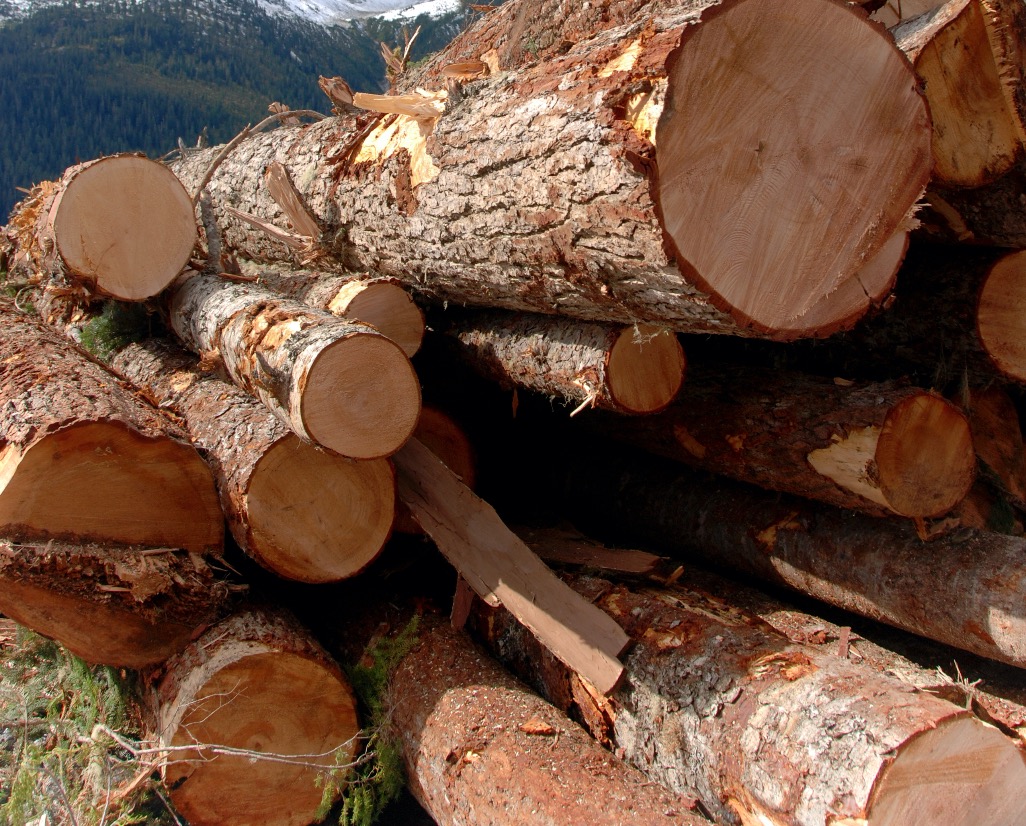 Activists are condemning a recent Forest Service report to Congress, saying one of its conclusions supports a policy that would worsen climate change by allowing the removal of old trees that absorb large amounts of carbon. Some scientists and environmental groups say the report inaccurately states that older trees remove less carbon than younger trees — a conclusion they fear will encourage a policy of logging older forests. The report …could lead to more logging, said Norman Christensen, a professor at Duke University’s Nicholas School of the Environment. The Forest Service said that U.S. forests will rapidly lose their ability to soak up carbon and could become net carbon emitters by 2070 instead of carbon sinks. The report says development along with worsening wildfires and tornadoes will destroy large chunks of U.S. forests and disrupt their carbon absorption. The report also says aging forests absorb less carbon than younger forests as tree growth slows.
Activists are condemning a recent Forest Service report to Congress, saying one of its conclusions supports a policy that would worsen climate change by allowing the removal of old trees that absorb large amounts of carbon. Some scientists and environmental groups say the report inaccurately states that older trees remove less carbon than younger trees — a conclusion they fear will encourage a policy of logging older forests. The report …could lead to more logging, said Norman Christensen, a professor at Duke University’s Nicholas School of the Environment. The Forest Service said that U.S. forests will rapidly lose their ability to soak up carbon and could become net carbon emitters by 2070 instead of carbon sinks. The report says development along with worsening wildfires and tornadoes will destroy large chunks of U.S. forests and disrupt their carbon absorption. The report also says aging forests absorb less carbon than younger forests as tree growth slows.







